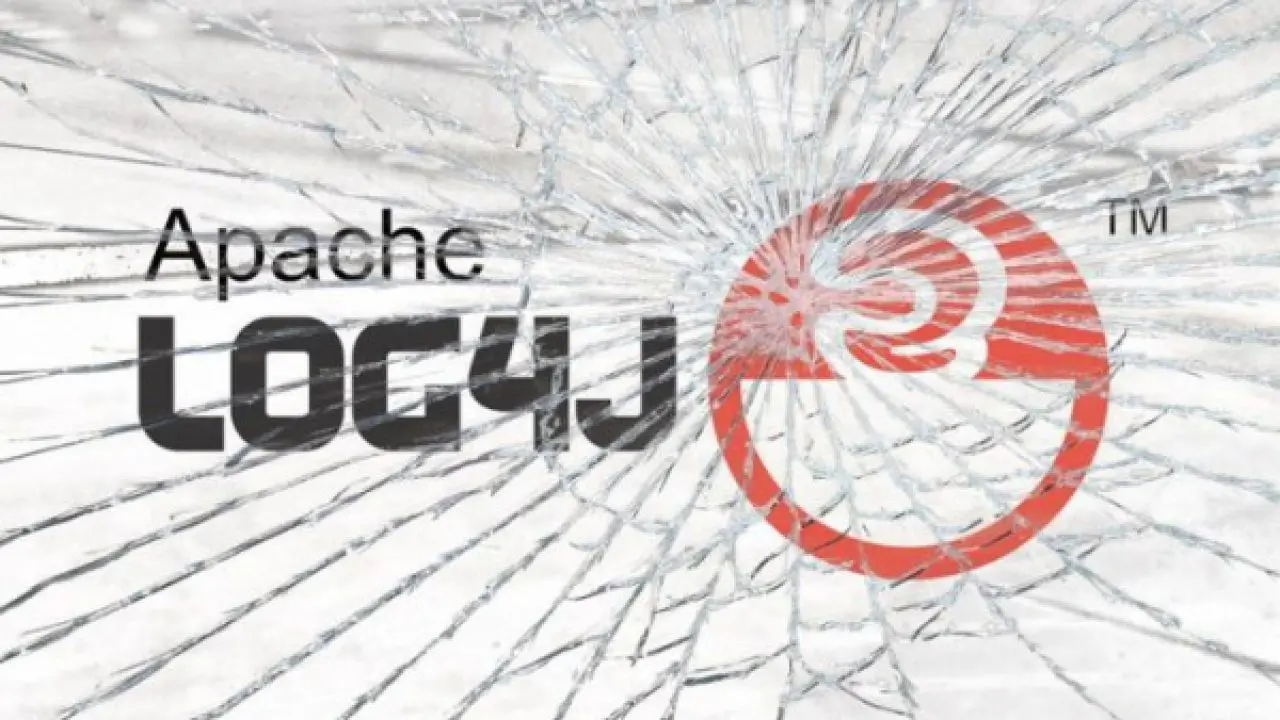Tenable has undertaken research evaluating the extent and effects of the current Log4j vulnerability, and the findings are really intriguing.
As of October 1, 2022, 72% of businesses are still susceptible to the Log4Shell vulnerability, according to data gathered from more than 500 million tests. The data highlights the difficulties in resolving legacy vulnerabilities, which are the main reason for most data breaches.
Tenable telemetry found that one in 10 assets was vulnerable to Log4Shell as of December 2021, including a wide range of servers, web applications, containers, and IoT devices. October 2022 data showed improvements, with 2.5% of assets vulnerable. Yet nearly one-third (29%) of these assets had recurrences of Log4Shell after full remediation was achieved.
More Than Half Of Organizations Vulnerable To Log4j
53% of organizations were vulnerable to Log4j during the time period of the study, which underscores the pervasive nature of Log4j and the necessary ongoing efforts to remediate it even if full remediation was previously achieved.
Vulnerability Remediation Is Not A “One And Done” Process
“Full remediation is very difficult to achieve for a vulnerability that is so pervasive and it’s important to keep in mind that vulnerability remediation is not a ‘one and done’ process,” said Bob Huber, chief security officer, Tenable.
“While an organization may have been fully remediated at some point, as they’ve added new assets to their environments, they are likely to encounter Log4Shell again and again. Eradicating Log4Shell is an ongoing battle that calls for organizations to continually assess their environments for the flaw, as well as other known vulnerabilities.”
Log4j Remediation Across Continents
Nearly one-third of North American organizations have fully remediated Log4j (28%), followed by Europe, Middle East and Africa (27%), Asia-Pacific (25%), and Latin America (21%).

Similarly, North America is the top region with the percentage of organizations that have partially remediated (90%), Europe, Middle East, and Africa (85%), Asia-Pacific (85%), and Latin America (81%).
Log4j Remediation Across Industries
Some industries are in better shape than others, with:
engineering (45%),
legal services (38%),
financial services (35%),
non-profit (33%)
and government (30%) leading the pack with the most organizations fully remediated.
Approximately 28% of CISA-defined critical infrastructure organizations have fully remediated.

More On Log4J:
Log4J: The Vulnerability That Destroyed The Internet
MS: Log4J Exploits, Testing Remain Rampant into 2022
Warning: Log4j Still Lurks Where Dependency Analysis Can’t Find It
How to Detect Log4J?
How to detect Log4J, a list of free tools to use on the quest for Log4J.
Amazon Inspector and AWS
The Amazon Inspector team has created coverage for identifying the existence of this vulnerability in your Amazon EC2 instances and Amazon Elastic Container Registry Images (Amazon ECR), according to Amazon. With the new Amazon Inspector, scanning is automated and continual, the company said. Continual scanning is driven by events such as new software packages, new instances, and new common vulnerability and exposure (CVEs) being published.
Google Log4jScanner
Google built its own log4jscanner that walks directory, printing any detected JARs to stdout.Optionally, its --rewrite flag can actively remove the vulnerable class from detected JARs in-place.
CISA
The Cybersecurity and Infrastructure Security Agency (CISA) has announced the release of a scanner for identifying web services impacted by two Apache Log4j remote code execution vulnerabilities, tracked as CVE-2021-44228 and CVE-2021-45046.
Qualys
Qualys has released a utility that helps to detect CVE-2021-44228 and CVE-2021-45046 vulnerabilities. The utility will scan the entire hard drive(s) including archives (and nested JARs) for the Java class that indicates the Java application contains a vulnerable log4j library. The utility will output its results to a console.
Log4shell-tool
A powershell based tool that can be run on a windows system. The script was originally developed as a Component for the Datto RMM software
TrendMicro Log4j Vulnerability Tester
This web-based tool can help identify server applications that may be affected by the Log4Shell (CVE-2021-44228, CVE-2021-45046) vulnerability.
Arctic Wolf
This script searches the system for Java applications that contain the Log4J class JndiLookup.class which is the source of the Log4Shell vulnerabilities. If this class is found within an application, the script looks for updates to Log4J that indicate the application has been updated to use Log4J 2.16+ or Log4J 2.12.2+. If the application contains JndiLookup.class but does not appear to have been updated, the application is vulnerable.
Log4j RCE Scanner
Apache Log4j CVE-2021-44228 developed by Adil Soybali, a security researcher from Seccops Cyber Security Technologies Inc.
This tool can:
- scan according to the url list you provide.
- scan all of them by finding the subdomains of the domain name you give.
- add the source domain as a prefix to determine from which source the incoming dns queries are coming from.
Log4j-Scanner
Another free open source tool written in go. It can scan int URL mode (fuzzing url with header, payload) and in internal mode, scanning log4j inside your server.
Suggest an edit to this article
Check out our new Discord Cyber Awareness Server. Stay informed with CVE Alerts, Cybersecurity News & More!
Remember, CyberSecurity Starts With You!
- Globally, 30,000 websites are hacked daily.
- 64% of companies worldwide have experienced at least one form of a cyber attack.
- There were 20M breached records in March 2021.
- In 2020, ransomware cases grew by 150%.
- Email is responsible for around 94% of all malware.
- Every 39 seconds, there is a new attack somewhere on the web.
- An average of around 24,000 malicious mobile apps are blocked daily on the internet.




